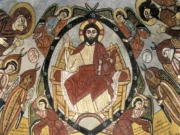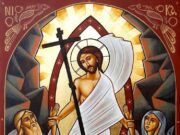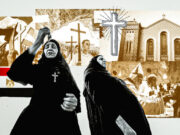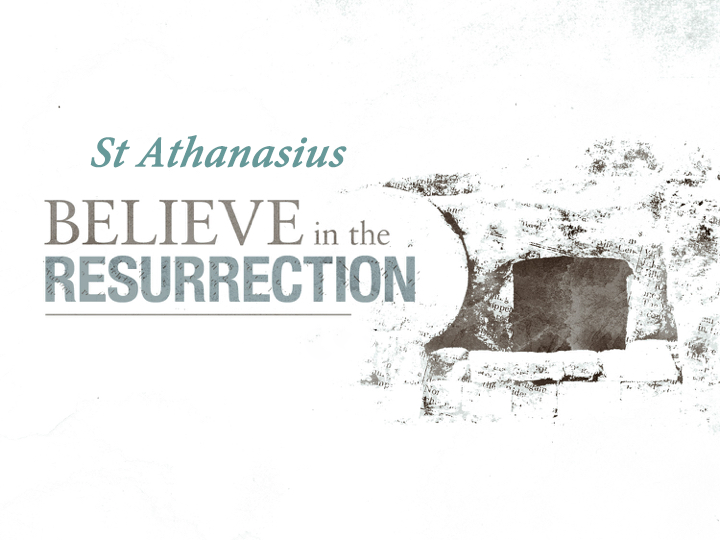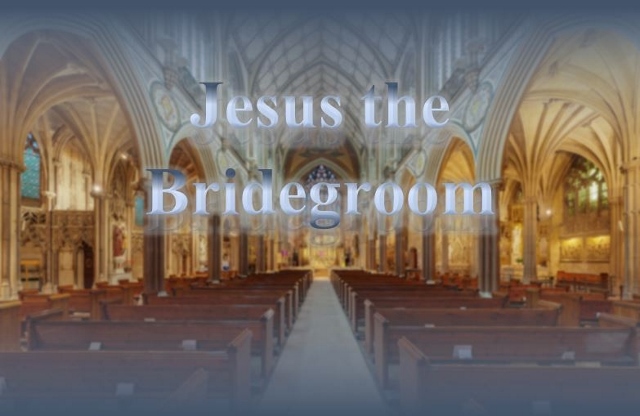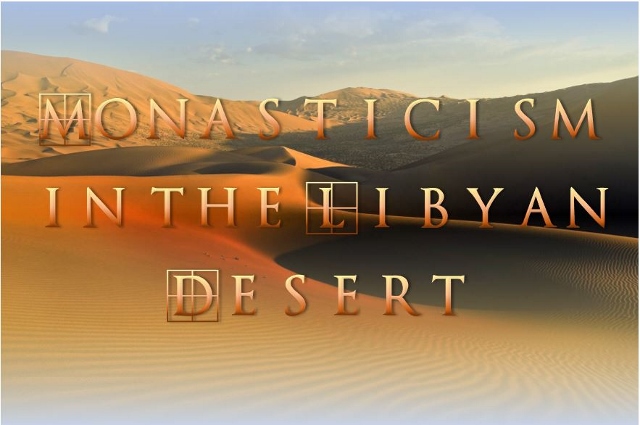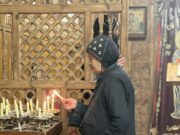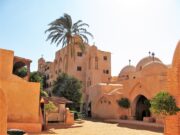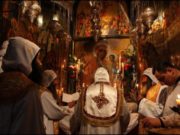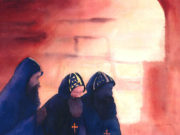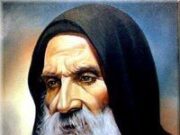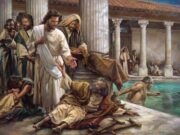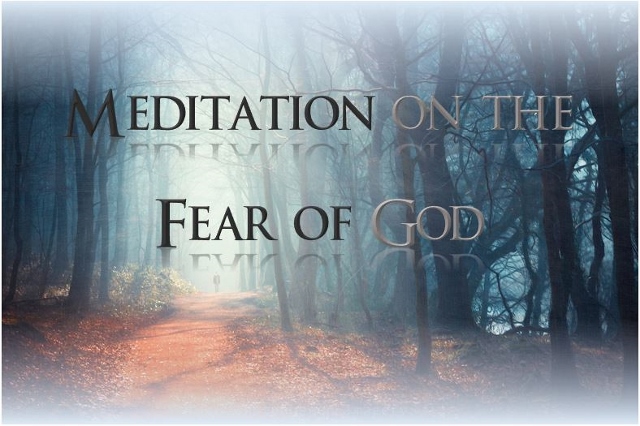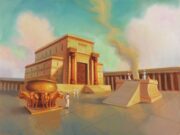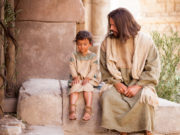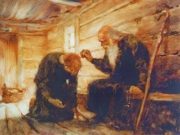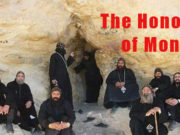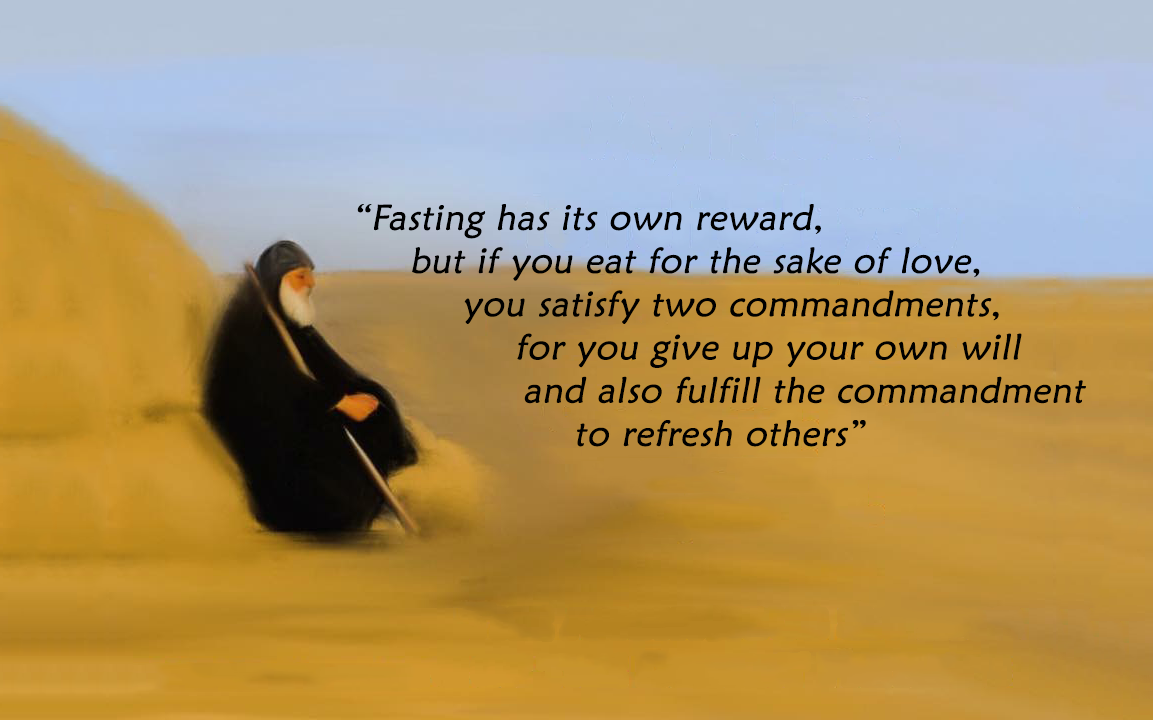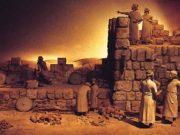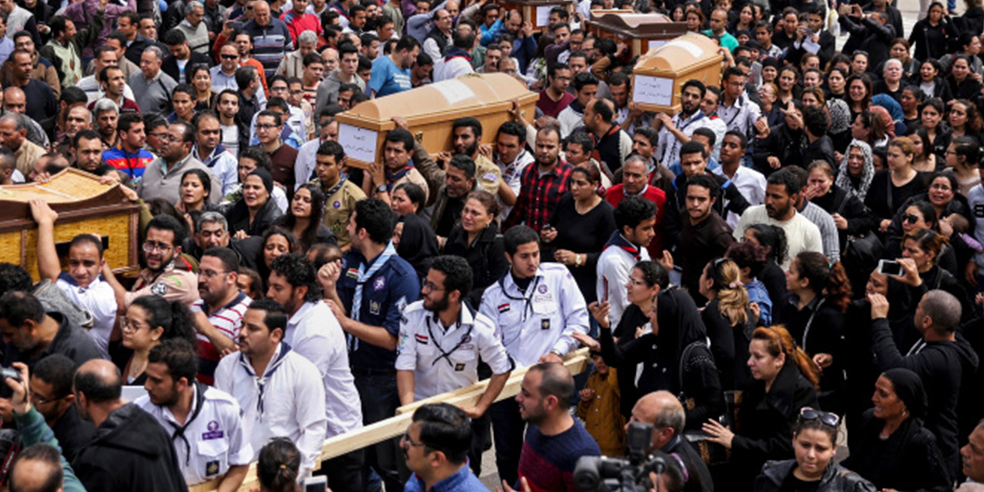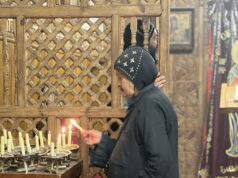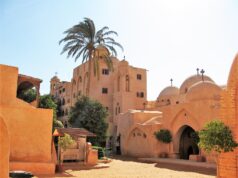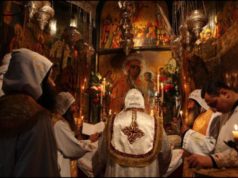The journey across the desert is very monotonous, but at length, after crossing an elevation covered with shining black pebbles, the long line of the walls of Dayr Macarius come in sight. This monastery, as indeed are all those in the Natron valley, is surrounded by a lofty wall, with an entrance on one side so low that you are obliged to stoop down on entering; and on the outside are two large millstones, generally of granite, which in case of danger are rolled together into the passage after the door has been closed, in order that the Arabs shall neither burn it nor break it open; the stones being too heavy and fitting too closely to be moved from without, and intervening between the enemy and the door. Those who have rolled them into the passage are afterwards drawn up by a robe through a trap-door above; and the want of provisions soon obliges the Arabs to raise the unprofitable siege, which, not having been provoked by any outrage committed by the monks, seldom leaves of the recollection of the aggressors any rancorous feelings; and it rarely happens that they ill-treat those whom they happen to meet on their way to the Nile. Notwithstanding the lowness of these doorways, the cattle that turn the water-wheels for irrigating the gardens, and the mills for grinding the corn, are made to pass through on their knees.
As soon as the bell has announced the arrival of a stranger, proper inquiries and observation are made to ascertain that there is no danger in opening the door for his reception; and no Arabs are admitted, unless, by forming his escort, they have someone responsible for their conduct. On entering, you turn to the right and left, through a labyrinth of passages and small courts, and at last arrive at the abode of the superior and the principal monks. This part consists of numerous small rooms, each with a door serving as an entrance for the inmate and his share of light, which is fastened up during his absence at prayers or other handiwork with a wooden lock, whose key might serve as an ordinary bludgeon. In some parts of the world the bearer of such an instrument about his person might run a risk of arrest for carrying a dangerous weapon; and it is by no means certain that an oriental inkstand would not render him liable to a similar accusation.
A garden with a few palms, some olive, nebk (Rhamnus Nabeca) , the lotos-tree of the Lotop hagi) and other fruit-trees, occupies the centre of the principal court; and here is frequently one of the churches;- for these monasteries contain more than one, and the tower or keep of St Macarius has no less than three within it, one over the other; as if additional services were required when the danger was great, the tower being the last place of refuge when the entrance has been forced, or the walls scaled. Retreating to this, they pull up the wooden drawbridge that separates it from the rest of the building: a well of water and a supply of provisions always deposited there, and never allowed to decrease below a certain quantity, secures them against the risk of want of food; and the time occupied in the siege, ere the Arabs could effect an entrance, would always be sufficient to enable them to remove everything eatable, or otherwise valuable, from below, and render the occupation of the body of the place totally unprofitable to the intruders.
The churches in the Dayr offer no very peculiar features; in one are the relics of St. Macarius, and another has some old paintings and stone candlesticks; the slender marble columns that adore the upper church are very elegant. It may be noticed that the heykel or chancel in the churches of the Wady Natroon has always a square and not an apsidal end as is the case with nearly all other examples in Egypt. These Dayrs are each governed by a Superior (Kummoos) who holds the fourth rank in the Coptic hierarchy. Some of the monks are priests with the title of father (Aboona), and the rest lay brethren.

